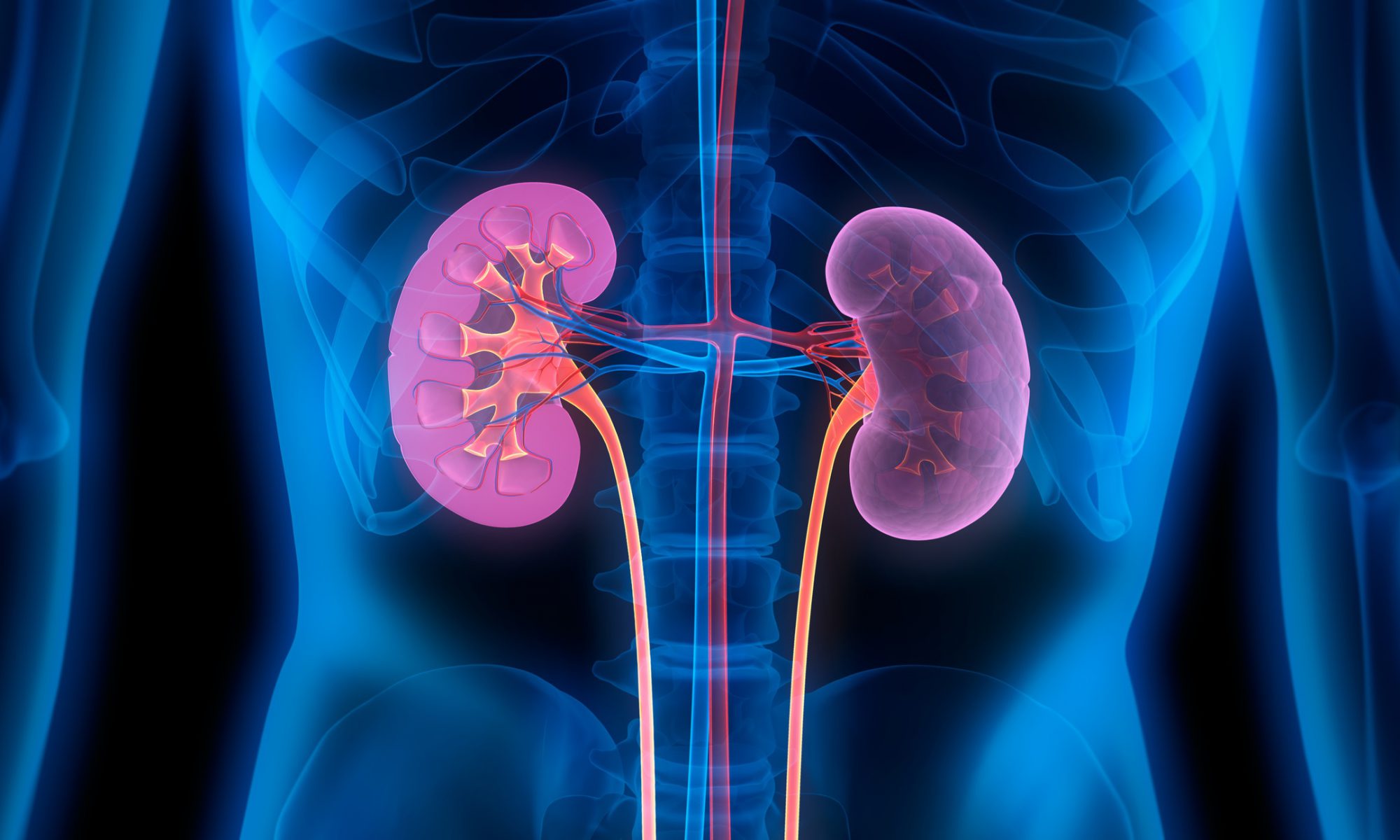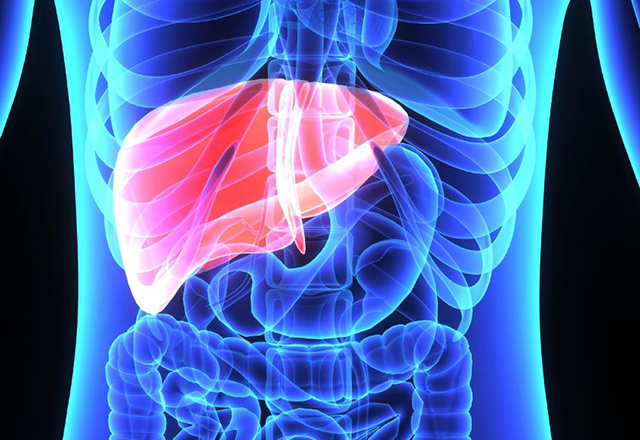— But high incidence, especially in certain racial groups, remains a concern
Rates of chronic kidney disease (CKD) in people with diabetes have dipped in recent years but still remain high, researchers reported.
Between 2015 and 2020, the incidence of CKD among those with diabetes dropped by an estimated 17.6 cases per 1,000 person-years, Katherine R. Tuttle, MD, of Providence Health in Spokane, Washington, and colleagues wrote in a New England Journal of Medicine correspondence. Read the full story in MedPage Today.







